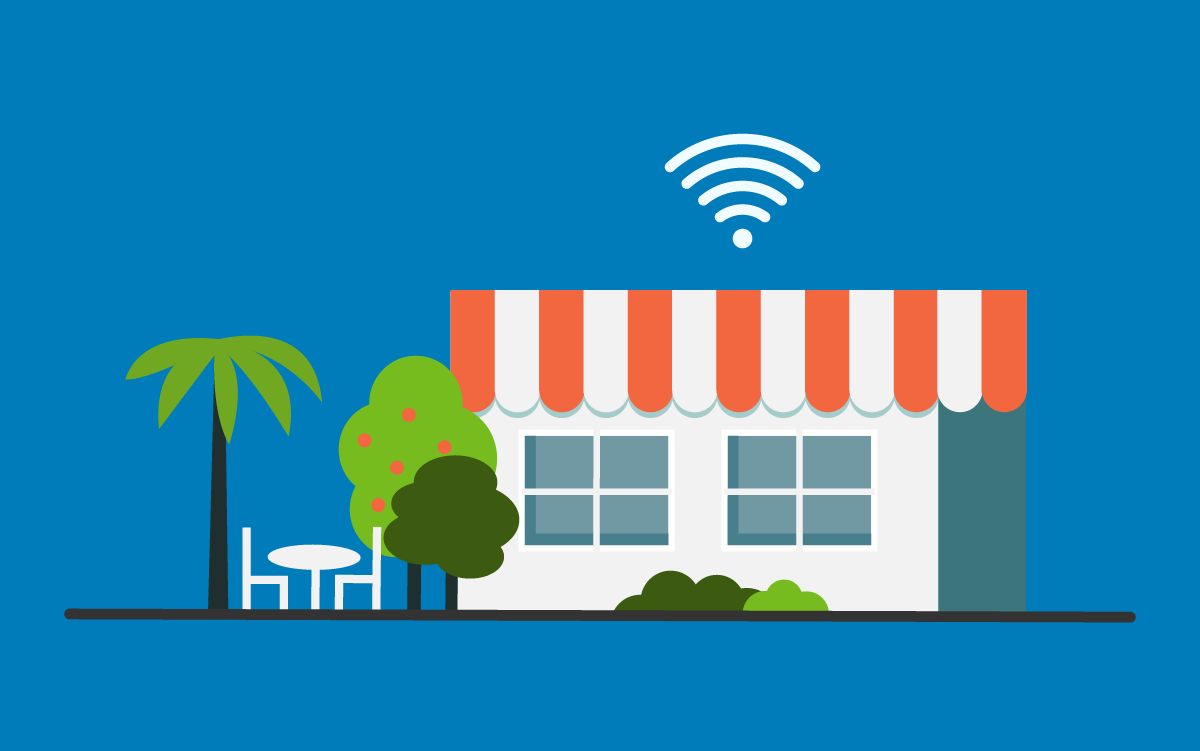New and Exciting Trends in Restaurant Tech
The hospitality and food service industry has seen steady growth in recent years, thanks in large part to the increasing sophistication of restaurant technology. Both large restaurant chains and smaller independents are turning to newer restaurant technologies to help them gain an edge, maximize profits and optimize customer retention. Read on to discover what’s new and exciting in restaurant tech.
Artificial Intelligence (AI)
Digital tools are redefining the day to day operations in the food service industry – affecting everything from placing orders, to inventory control, to customer feedback – saving restaurants a considerable amount of money and helping to optimizing efficiency.
AI has transformed restaurant technology in many ways:
- Conversational interface/Chatbots
- Voice ordering
- Facial recognition/Customer identification
- Predictive scheduling
- Inventory control and purchasing
- Customer recommendation engines
- Food service applications
- Personalized dining search engines
Voice & Facial Recognition in Restaurant Tech
Voice recognition is one of the newer trends to have surfaced in restaurant technology. While the advent of Google voice search, then later Siri and Alexa, was great for certain applications, the technology itself had considerable flaws that made it an imperfect fit for most businesses. However, according to hospitality.net, “The voice recognition technology used in restaurants today is more technologically advanced than Siri or Google Now. It is a mix of hardware and software that cuts out the noise of a restaurant and then filters the command as a restaurant is a noisy environment.”
One-way voice recognition (VR) can assist the food service industry is by reducing order error by displaying the order on-screen for customer validation prior to actual order placement. A considerable advantage when you factor in that, according to QSR Magazine & Insula Research, “up to 17% of drive-thru orders are incorrect.”
Many other tasks that typically require paper can also benefit from incorporating VR into existing restaurant tech – think inventory control, guest feedback, and even guest payment. Each of these time-consuming yet essential activities can be streamlined with VR to enhance customer satisfaction, reduce costs and maximize profits.
Facial recognition (FR) technology, likewise, holds a lot of promise for restaurants. It could, for one, be used to help identify returning customers in high-volume fast food venues and drive-thrus. FR could, via facial scan, recognize customers – remember their preferences, allergies, specifications, payment information, etc., which could drastically cut down on wait times, optimize efficiency and grow the bottom line.
Ghost Kitchens
Technomic data tells us that consumers spent $10.2 billion on delivery services in 2018, up 42% from the previous year. “Ghost kitchens” are a newer restaurant model, which is perfectly adapted to the growing demand for food delivery options. These ghost kitchens rely heavily on newer restaurant technology since they are entirely online. They are in fact, kitchens that are set up in remote areas or locations where rent is cheaper, and they offer a variety of cuisines exclusively for delivery.
Ghost kitchens are:
- Convenient
- Practical
- Cheaper than traditional brick-and-mortar locations
- Don’t require delivery apps (which charge 15-30% commission fee)
- Offer greater flexibility to both the kitchen owners and to its customers
New Delivery Models
While traditional third-party food delivery players like UberEats, Grubhub, Zomato and DoorDash still have the lion’s share of the food delivery market, many restaurants are rethinking their food delivery thanks to newer restaurant tech solutions that allow customers to place their order via:
- website
- social media
- smart phone or smart TV
- virtual assistance
- choosing a delivery service
The evolution of AI technologies has also given rise to fun, new delivery concepts. Though still not mainstream, some venues are experimenting with delivery vehicles such as robots, drones and parachutes, which, if they take off, would drastically reshape the food delivery landscape.
Technological advances and Wi-Fi are transforming many industries, and hospitality and food service is no exception. Though the upfront investment might seem a bit daunting to smaller businesses, the advantages that newer restaurant tech affords promise a handsome ROI down the road.
Find Out More in Our Blog about Restaurant WiFi
We love sharing our knowledge and inspire businesses to take a step towards our solutions.
Find out how Datavalet can improve your restaurant experience
Check out our brochure
Datavalet provides high-speed Wi-Fi network management to guest and staff across your business. We can transform Wi-Fi from commodity to business value.








